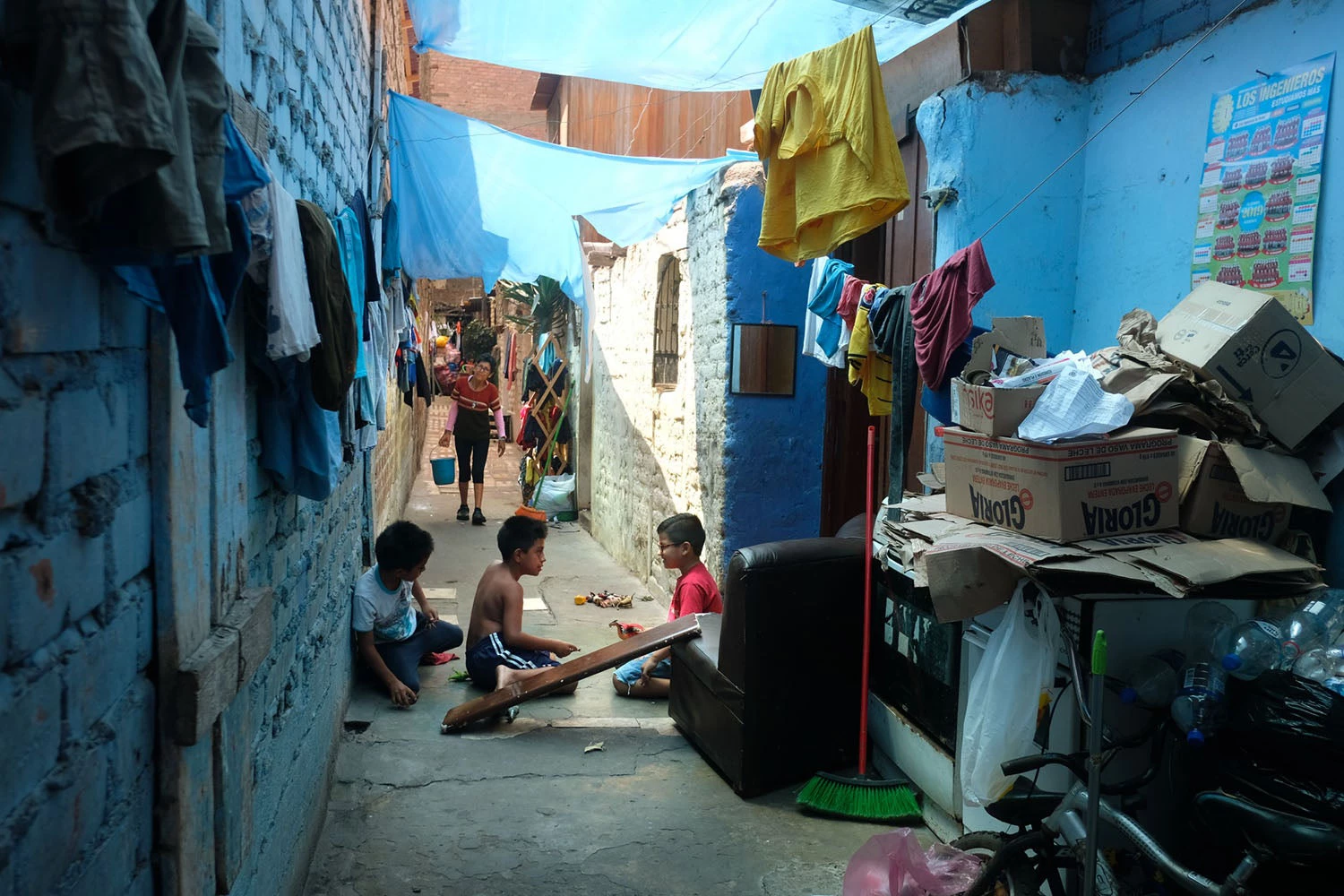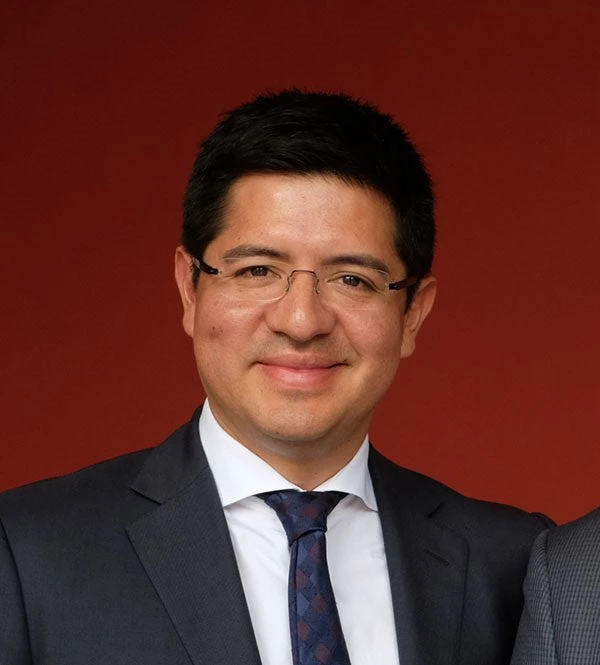 リマ(ペルー):6世帯が1つの水道を共有する手狭なキンタ式住宅(郊外の住宅)
リマ(ペルー):6世帯が1つの水道を共有する手狭なキンタ式住宅(郊外の住宅)
In a bid to slow the spread of the COVID-19 pandemic, over the past months governments across the world have ordered billions of people to stay at home, wash their hands frequently, and self-quarantine if they develop symptoms. These are critical recommendations. But what if that home has no running water for frequent handwashing? What if there is no refrigerator to store food, and only one bedroom for six members of a single family?
Unfortunately, that’s the situation for a significant proportion of the population in developing countries. Over 2 billion people do not have access to flush toilets, and hundreds of millions do not even have access to running water. These unsanitary homes are a breeding ground for the spread of infectious diseases, including COVID-19.
It’s pretty simple: if housing lacks adequate access to sanitation, we will not be able to contain the spread of COVID-19 in developing countries. Furthermore, if decision makers don’t know where in-need households are, how can they target interventions? That’s why we recommend a massive, immediate investment in sanitary, upgraded housing, backed by geospatial data.
Of course, stay-at-home orders and social distancing guidance are necessary to prevent medical systems from being overwhelmed as COVID-19 cases spike. At the same time, for many countries these lockdowns raise urgent concerns about jobs and livelihoods.
For these reasons, starting now, governments need to invest in better housing, focusing on three areas:
- Technologies to locate, quantify, and characterize homes and neighborhoods that need upgrading. Through geospatial assessments using drone imagery, street view imagery, and machine learning, we can identify opportunities to reduce overcrowding and allow for social isolation and self-quarantining.
- Targeted infrastructure investments to improve home sanitation in the neighborhoods most at risk. This includes installing kitchen sinks with running water, flushing toilets, windows for proper ventilation, and energy-efficient technologies to save families money.
- Housing subsidies that (i) improve homes in up to six months, creating jobs for community residents such as plumbers, masons, and carpenters; and (ii) provide rental assistance and mortgage safety net programs to vulnerable groups.
Taken together, these actions give governments and public health systems a fighting chance against the COVID-19 virus, especially until an effective vaccine is approved and distributed. Better homes will provide residents a safe haven from infection and a sanitary space to self-isolate if they become sick. Critically, these home improvement efforts also support local economies and create jobs.
Returning to our earlier point: governments need to be able to locate these homes to target investments, particularly in the middle of a pandemic with social distancing requirements.
Here’s the good news. The methodology of the World Bank’s Global Program for Resilient Housing (GPRH) relies entirely on remote technology, perfectly suited to current COVID-19 requirements. Images of houses are captured from drones and car-mounted cameras and then processed entirely in a home office. Machine learning algorithms tailored to the local context are then built by engineers to extract characteristics about each house.
As a result, without sending staff members into the field, decision makers can learn the number, use, size, material, and condition of buildings in a given neighborhood. In addition, they can gather other facts about the area, such as the slope of the terrain, the density of buildings, and quality of the sidewalks. When combined with existing geographic information system (GIS) data, information on overcrowding, land tenure security, poor access to health services, and lack of utilities can be derived at a household and neighborhood level.
How do we know it works? Because over the past two years, the GPRH has applied this methodology effectively in eight countries. Governments have used it to support preparation and implementation of World Bank-financed projects. In Colombia, the Ministry of Housing will apply GPRH’s method to scale up its new Casa Digna, Vida Digna program, designed to subsidize improvements to existing homes. In Peru, the government is using the same approach to improve property tax collection for financially distressed municipalities through automated detection of building use. And we are working with Mexico and Indonesia to reach the most vulnerable and make safe construction a central part of their home improvement programs.
The benefits of this methodology can go far beyond responding to the current crisis. Detailed geospatial housing databases, for example, could help make it more affordable for home insurance companies to provide estimates to potential customers, or boost commercial banks’ confidence in offering home improvement loans to families.
Every global crisis teaches us many lessons that we learn the hard way. One of the easiest lessons of this pandemic is that a safe shelter from danger must also be a healthy one . Even in the midst of this crisis, the Bank’s GPRH is in a position to help governments around the world improve housing right now, save lives, and protect economies.
Related links:
- Subscribe to our Sustainable Cities newsletter
- Follow @WBG_Cities on Twitter




Join the Conversation